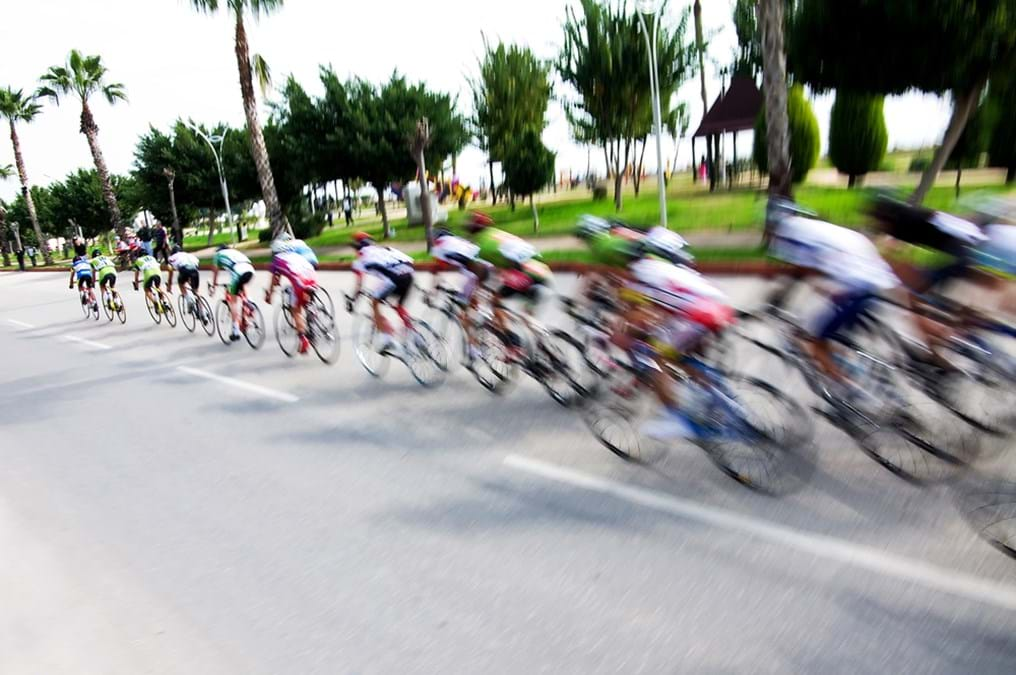ChemEng makes the wheels go round

14th August 2015

Over the last few years, cycling has seen a meteoric rise in both popularity and participation. Its most gruelling and testing competition, the Tour De France, drew to a close last month with another British victory.
So it seems quite apt to share how chemical engineering plays a part in this sport.
The phrase 'chemical engineering in cycling' may raise a few eyebrows. Indeed, some of the ways in which competitors have broken the rules can be - if you're able to discount the morality of the outcome - seen as impressive feats of human engineering.
I'm sure you've heard of blood doping, where athletes improve their aerobic capacity and endurance through either one of the two following ways:
(1) Taking performance enhancing drugs - Erythropoietin (EPO) is a protein produced by the kidney that stimulates red blood cell production. EPO can also be produced synthetically and was originally developed to combat the side effects of chemotherapy for cancer patients.
Synthetic EPO is perhaps one of the most notorious performance enhancing drugs within the sport, and was famously used by the US Postal Service pro cycling team during the Lanace Armstrong era. The increased level of red blood cell production increases the rate at which oxygen is delivered to muscles.
Chemical engineers are involved in the manufacturing process of producing synthetic EPO, not for the illegal use of doping, but for the treatment of anemia, cancer and inflammatory bowel disease. You can read more about how chemical engineers are trying to improve the current method of producing EPO here.
(2) Blood transfusions - this involves withdrawing between 0.5 - 2.0 litres of blood several weeks before a competition. Then, once the body has replenished its red blood cell supplies, the athlete then re-infuses their blood back into their body (they can also transfuse blood from another person), giving them a boost of red blood cells which produces the same end result as EPO use.
A test for EPO was introduced at the 2000 Summer Olympics held in Sydney, Australia, which uses a combination of blood and urine samples. Then, a test for homologous blood transfusions (those done using another person's blood) was introduced at the 2004 Summer Olympics at Athens.
In addition, professional cyclists are also obligated to keep “biological passports”. These are used to keep records of athletes’ blood data, allowing authorities to check for abnormal blood profiles.
Athletes must notify the Union Cycliste Internationale (UCI) of their whereabouts every single day to allow them to be tested without warning at any point. This regime means cycling has the most invasive and thorough testing programme of any world sport!

So the next time you see a lycra-clad cyclist charging up a hill, remember that chemical engineers are working behind the scenes to move the sport forward with new technology and improving safety standards with new materials.